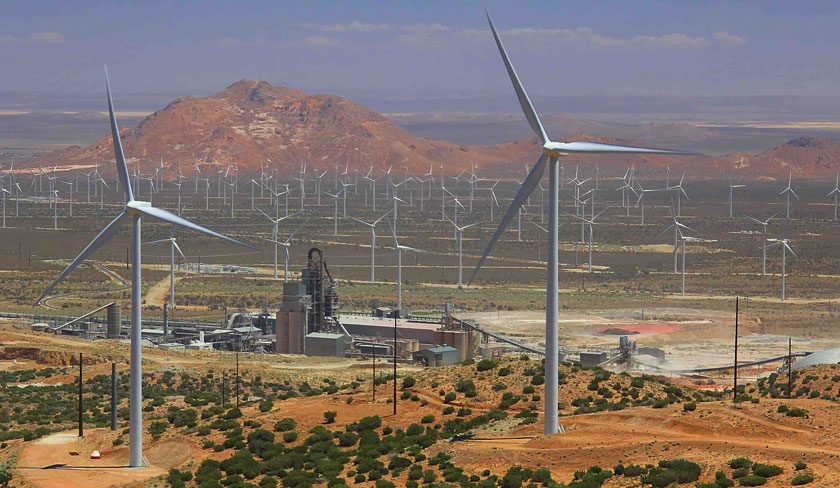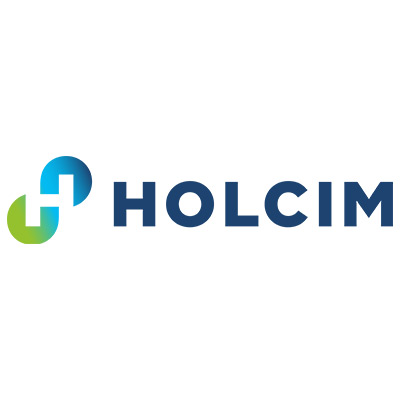The continued recovery of the markets in North America and the United Kingdom has had a favorable impact on HeidelbergCement’s sales volumes. The group’s cement and clinker sales volumes rose by 0.9 percent to 21.9 million tonnes (previous year: 21.7) in the second quarter. The strongest growth was achieved in the Africa-Mediterranean Basin Group area, followed by North America and Western and Northern Europe.
Group revenue rose considerably in the second quarter by 10.4 percent. Excluding consolidation and exchange rate effects, the increase amounted to 0.4 percent. The rise of sales volumes in all business lines contributed to the growth in revenue. While the positive effects from changes in the consolidation scope to the amount of €23 million were negligible, the weakening of the euro against numerous currencies amounting to €303 million had a favorable impact on the development of revenue as a whole.
“The positive trend in terms of revenue and operating income continued in the second quarter,” said Dr. Bernd Scheifele, chairman of the managing board. “The sustained recovery in our mature markets, particularly in the United Kingdom and the United States, has made a significant contribution. In operational terms, we were able to further increase the Group margin thanks to our margin improvement programs and price increases in some of the core markets. Furthermore, we have benefited from the weak euro and low fuel costs.”
Scheifele continued, “Thanks to the good results of the second quarter, we remain on course to achieve our outlook for 2015. We updated our strategic focus at the beginning of June as part of our Capital Markets Day. From now on, we will focus on accelerated growth and higher earnings for our shareholders. The payout ratio is expected to increase from 29 percent in 2014 to between 40 percent and 45 percent in 2019. Furthermore, we want to reduce leverage to a level that enables a solid investment grade rating.
“We are confident about 2015,” said Scheifele. “We will continue to benefit from positive developments in North America, the United Kingdom, Germany and Northern Europe. These countries generate almost 50 percent of our revenue. The considerable drop in oil prices and the weaker euro will provide us with additional tailwind. In view of our strong positioning in raw material reserves, our production sites in attractive locations, our outstanding vertical integration, and our excellent product portfolio, we are well positioned to achieve our goals.”
The company recently agreed to pay €1.67 billion ($1.85 billion) for a 45 percent stake in Italy’s Italcementi SpA in a deal that further consolidates Europe’s building-materials industry.



